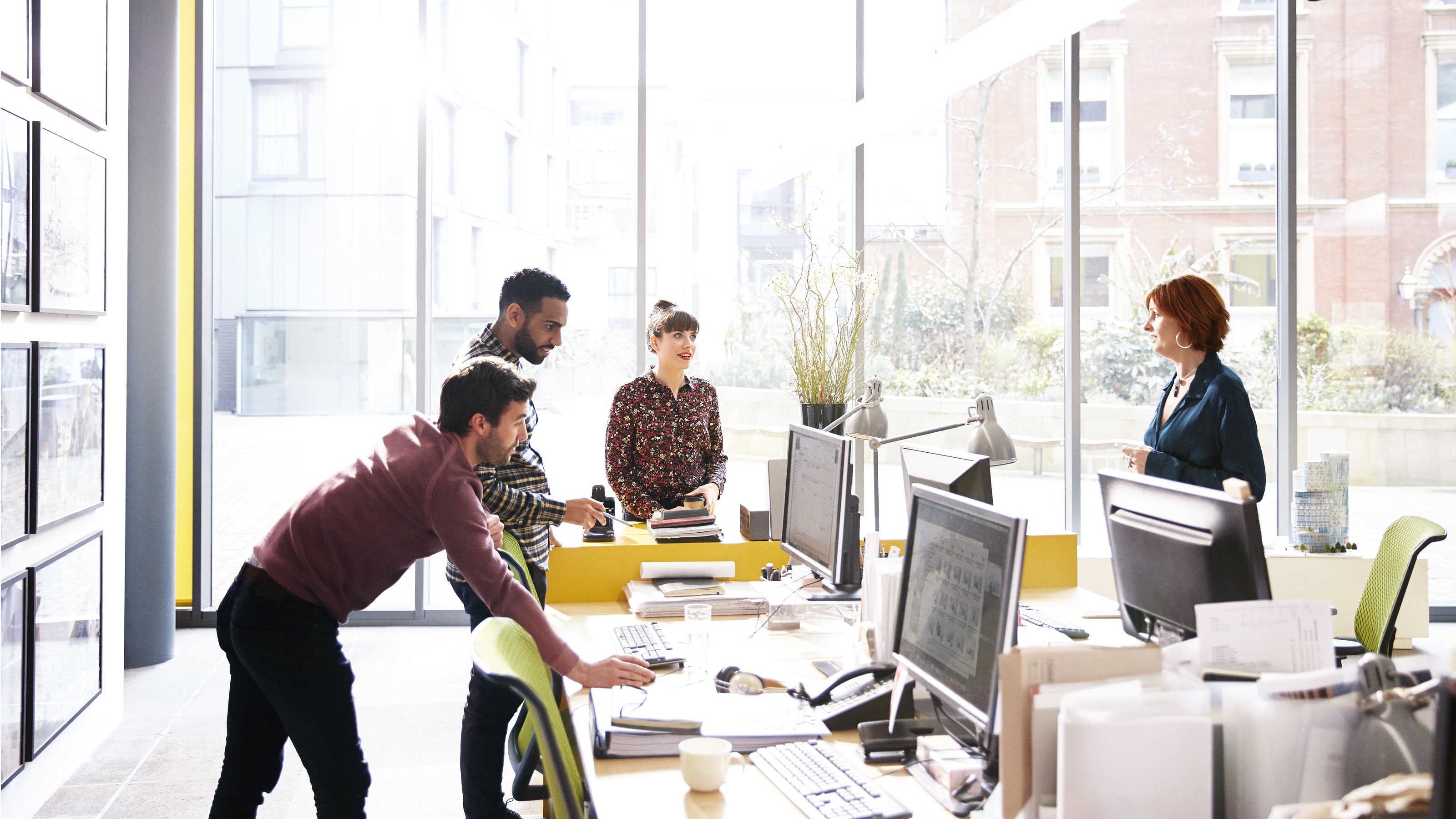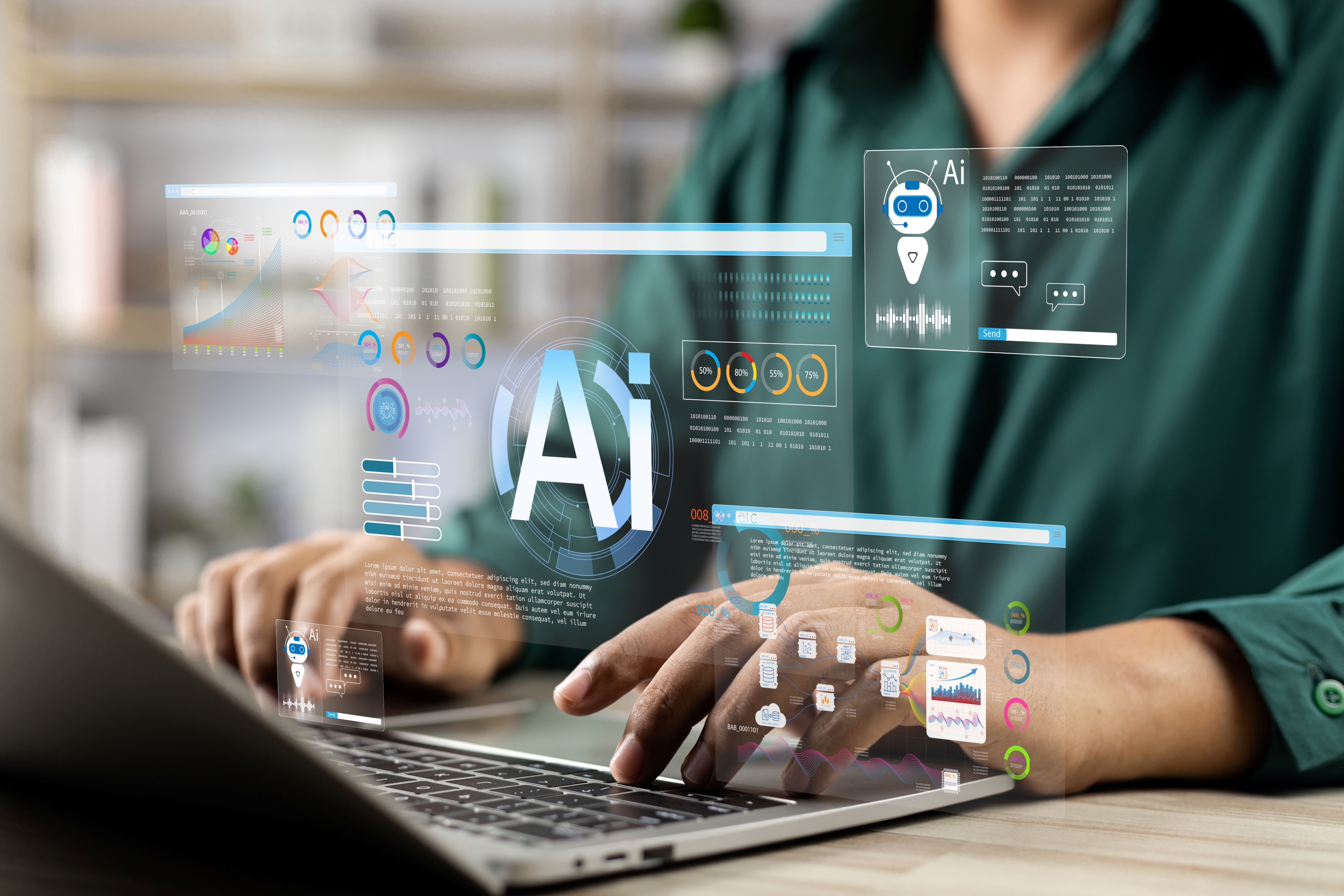The Economic Impact of the US-China Trade War
The US-China trade war will impact US consumers and business. The decoupling process could be messy.

To help you understand what is going on in the economy, politics and beyond, our highly experienced Kiplinger Letter team will keep you abreast of the latest developments and forecasts (Get a free issue of The Kiplinger Letter or subscribe). You'll get all the latest news first by subscribing, but we publish many (but not all) of our forecasts a few days afterward online. Here’s the latest...
How precisely will tariffs affect the economy? The overall impact depends on whether President Trump continues to ease the duties he initially introduced or decides to pursue his original, aggressive approach. But some specific effects are already coming into focus.
U.S. trade with China will be up-ended, since Trump has imposed far higher tariffs on Chinese imports than the 10% rate he has applied to most countries’ imports while he seeks trade deals on a country-by-country basis. Despite exemptions from the highest duties for imported electronics from China, the two countries are effectively at war when it comes to trade.
From just $107.88 $24.99 for Kiplinger Personal Finance
Become a smarter, better informed investor. Subscribe from just $107.88 $24.99, plus get up to 4 Special Issues

Sign up for Kiplinger’s Free Newsletters
Profit and prosper with the best of expert advice on investing, taxes, retirement, personal finance and more - straight to your e-mail.
Profit and prosper with the best of expert advice - straight to your e-mail.
Beijing responded to Trump with steep levies of its own on virtually all U.S. goods. China accounts for 13% of America’s imports. That’s down from 21% in 2018 but still hefty: $439 billion in imports last year.
Let’s look at how that huge sum breaks down by product type:
- $124 billion in Chinese electronics — again, temporarily exempt from the highest new U.S. duties.
- $94 billion in machinery and instruments.
- $37 billion in clothing.
- $30 billion in toys.
- Plus $19 billion in plastic products.
- $19 billion in furniture and home furnishings.
- $16 billion in base and fabricated metals.
- Another $100 billion in miscellaneous goods.
Consumers will see many low-cost Chinese goods disappear from shelves, since many have thin profit margins and can’t be imported profitably anymore.
Multinational companies will need time to move production out of China when it comes to consumer goods that are no longer viable to export to the U.S. For instance, one city in China produces a third of the global production of socks. Moving production of low-cost goods back to the U.S. seems unlikely, despite the administration’s reshoring goals — U.S. wages are prohibitively high for that sort of low-skill labor. Manufacturing jobs here are high-wage and high-skill.
The U.S. industries most dependent on imports, from China and elsewhere: Petroleum, chemicals, autos, electronics, machinery, metals, electric gear, aviation and appliances. Each imports at least 20% of the parts and materials that they need to make their products.
About 10% of building materials are imported, though the figure is higher for home appliances, lighting, HVAC and plumbing materials.
China’s retaliation will especially target two U.S. sectors: Farming and tech.
Beijing is curtailing all exports of certain rare earth minerals, which are key to high-tech sectors like semiconductors, aviation, robotics, defense and telecom.
Chinese tariffs figure to cost American farmers access to a massive market. Farm goods comprise 8% of America’s total exports, and China’s leaders understand how politically sensitive U.S. presidents are to pain inflicted on the farm economy.
This forecast first appeared in The Kiplinger Letter, which has been running since 1923 and is a collection of concise weekly forecasts on business and economic trends, as well as what to expect from Washington, to help you understand what’s coming up to make the most of your investments and your money. Subscribe to The Kiplinger Letter.
Related content
- What’s Happening With Trump Tariffs? News, Updates and Analysis
- Trump Dials Back Most Tariffs but Targets China
- Trump's Sweeping New Tariffs Rattle Wall Street, Main Street
- Kiplinger Trade Outlook
- Kiplinger GDP Outlook
Profit and prosper with the best of Kiplinger's advice on investing, taxes, retirement, personal finance and much more. Delivered daily. Enter your email in the box and click Sign Me Up.

David is both staff economist and reporter for The Kiplinger Letter, overseeing Kiplinger forecasts for the U.S. and world economies. Previously, he was senior principal economist in the Center for Forecasting and Modeling at IHS/GlobalInsight, and an economist in the Chief Economist's Office of the U.S. Department of Commerce. David has co-written weekly reports on economic conditions since 1992, and has forecasted GDP and its components since 1995, beating the Blue Chip Indicators forecasts two-thirds of the time. David is a Certified Business Economist as recognized by the National Association for Business Economics. He has two master's degrees and is ABD in economics from the University of North Carolina at Chapel Hill.
-
 Stocks Chop as the Unemployment Rate Jumps: Stock Market Today
Stocks Chop as the Unemployment Rate Jumps: Stock Market TodayNovember job growth was stronger than expected, but sharp losses in October and a rising unemployment rate are worrying market participants.
-
 Should You Renew Your CD?
Should You Renew Your CD?With rate cuts impacting earnings, we examine if now is a wise time to renew CDs.
-
 7 Ways to Plan Now to Save on Medicare IRMAA Surcharges Later
7 Ways to Plan Now to Save on Medicare IRMAA Surcharges LaterUnderstand the critical two-year lookback period and why aggressive planning before you enroll in Medicare is the most effective way to minimize IRMAA.
-
 AI Appliances Aren’t Exciting Buyers…Yet
AI Appliances Aren’t Exciting Buyers…YetThe Kiplinger Letter Artificial intelligence is being embedded into all sorts of appliances. Now sellers need to get customers to care about AI-powered laundry.
-
 What to Expect from the Global Economy in 2026
What to Expect from the Global Economy in 2026The Kiplinger Letter Economic growth across the globe will be highly uneven, with some major economies accelerating while others hit the brakes.
-
 December Fed Meeting: Updates and Commentary
December Fed Meeting: Updates and CommentaryThe December Fed meeting is one of the last key economic events of 2025, with Wall Street closely watching what Chair Powell & Co. will do about interest rates.
-
 The AI Boom Will Lift IT Spending Next Year
The AI Boom Will Lift IT Spending Next YearThe Kiplinger Letter 2026 will be one of strongest years for the IT industry since the PC boom and early days of the Web in the mid-1990s.
-
 What Made Warren Buffett's Career So Remarkable
What Made Warren Buffett's Career So RemarkableWhat made the ‘Oracle of Omaha’ great, and who could be next as king or queen of investing?
-
 Are New Trump $2,000 Stimulus Payments Coming in 2026? What to Know Now
Are New Trump $2,000 Stimulus Payments Coming in 2026? What to Know NowTax Policy A promise of $2,000 tariff dividend checks is raising questions and fueling confusion.
-
 Shoppers Hit the Brakes on EV Purchases After Tax Credits Expire
Shoppers Hit the Brakes on EV Purchases After Tax Credits ExpireThe Letter Electric cars are here to stay, but they'll have to compete harder to get shoppers interested without the federal tax credit.
-
 Amid Mounting Uncertainty: Five Forecasts About AI
Amid Mounting Uncertainty: Five Forecasts About AIThe Kiplinger Letter With the risk of overspending on AI data centers hotly debated, here are some forecasts about AI that we can make with some confidence.